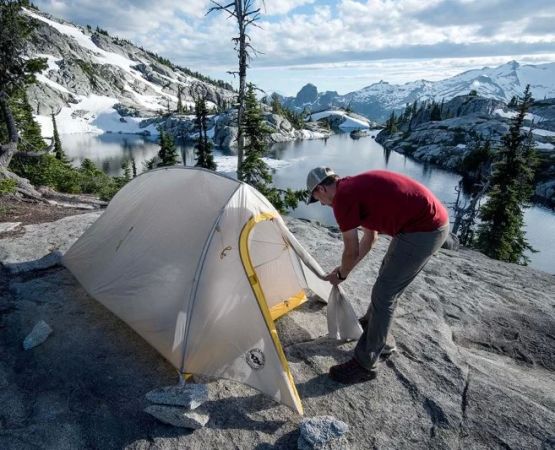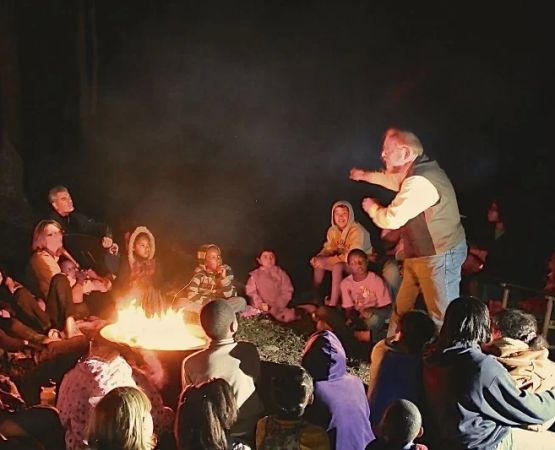- why-outdoor-team-building-matters - Why Outdoor Team Building Matters in Today’s Work Culture
- boosting-communication-and-collaboration - Boosting Communication and Collaboration Through Outdoor Games
- breaking-barriers-building-trust - Breaking Barriers and Building Trust Between Teams
- stimulating-creativity-and-adaptability - Stimulating Creativity and Adaptability with Nature-Inspired Challenges
- reducing-stress-and-revitalizing-employee-energy - Reducing Stress and Revitalizing Employee Energy Outdoors
- real-company-case-pine-cliff-resort-retreat - Real Company Case: Pine Cliff Resort Outdoor Retreat Experience
- long-term-impact-on-company-culture - Long-Term Impact on Company Culture and Employee Retention
1. Why Outdoor Team Building Matters in Today’s Work Culture
Modern workplaces have evolved to prioritize not just productivity, but also employee wellness and camaraderie. Outdoor team building activities offer a refreshing change from boardroom meetings, making them a vital part of fostering unity and collaboration. Whether your team is hybrid or fully in-office, dedicating time to meaningful group experiences outdoors improves team synergy and drives a more positive workplace culture.
Many businesses have found that moving team building exercises outdoors brings out the authentic personality of employees. Being surrounded by nature lowers emotional walls, creating the perfect setting to engage with colleagues on a deeper level. These activities go beyond fun—they’re strategic investments in your team’s functionality and spirit.
2. Boosting Communication and Collaboration Through Outdoor Games
One of the core benefits of outdoor team building activities is how they organically foster communication. Obstacle courses, scavenger hunts, or even a simple trust walk require individuals to talk through problems and listen attentively. These environments strip away corporate formalities and foster honest, effective dialogue.
Imagine a group tasked with guiding a blindfolded teammate through a rope maze—team members must articulate clearly and trust one another. Such exercises mimic real-life office challenges but in a more approachable, low-stakes environment. This type of hands-on interaction often translates directly into smoother workflows back at the office.
3. Breaking Barriers and Building Trust Between Teams
Trust is often overlooked in fast-paced work environments, yet it’s essential for long-term success. Outdoor team building activities provide opportunities for employees to break down hierarchical and departmental walls. Without job titles, uniforms, or office roles in play, people relate to each other on a human level.
In one memorable session at a Pine Cliff Resort event, a new hire found themselves leading a group that included two directors and a VP during a “survival island” simulation. The shared laughter and collaboration made those team leaders more approachable afterward, transforming how that employee viewed the company and its culture.
4. Stimulating Creativity and Adaptability with Nature-Inspired Challenges
Nature offers an unpredictable backdrop that stimulates creativity. Whether it’s assembling a makeshift raft, solving puzzles spread across a forest trail, or building shelters with limited tools, outdoor challenges call for innovative thinking and quick adaptation.
These situations mimic business uncertainty and help employees practice staying calm under pressure. In fact, a marketing team from a tech startup recently credited their improved brainstorming sessions to the improvisation techniques they learned during an outdoor team building weekend. By engaging multiple senses and stepping outside traditional environments, creativity thrives.
5. Reducing Stress and Revitalizing Employee Energy Outdoors
Let’s face it—work can be draining. Outdoor team building activities serve as a form of corporate wellness, rejuvenating employees physically and mentally. Exposure to sunlight and fresh air has been shown to reduce cortisol (stress hormone) levels, enhance mood, and even improve focus upon returning to work.
At Pine Cliff Resort, guided forest hikes and mindfulness-based group activities have helped companies recharge their employees. One HR manager even noted a 20% drop in sick leaves and burnout reports after introducing biannual outdoor team events. It’s not just fun—it’s good business sense to invest in employee wellbeing this way.
6. Real Company Case: Pine Cliff Resort Outdoor Retreat Experience
A mid-size software development firm brought 48 team members to Pine Cliff Resort for a two-day retreat. They participated in everything from fire-building competitions to lakeside yoga. One afternoon, employees tackled a “mission impossible” scenario, where time-bound challenges required strategic collaboration across departments.
Post-retreat feedback showed a 34% improvement in interdepartmental trust and a measurable increase in internal survey scores on job satisfaction. This case shows the tangible return on investment companies gain from thoughtfully planned outdoor team building activities. Pine Cliff Resort played a vital role in curating this impactful experience.
7. Long-Term Impact on Company Culture and Employee Retention
Outdoor team building activities don’t end when the sun sets—they shape culture long after. Shared outdoor experiences build lasting memories, reinforce company values, and create peer connections that support long-term retention. Employees who feel connected to their colleagues and organization are far less likely to leave.
Companies that embrace a culture of growth, collaboration, and holistic development—like those investing in outdoor team building—are becoming talent magnets. When word spreads about the meaningful experiences employees have, such as those at Pine Cliff Resort, it builds your brand both internally and externally.
So if you’re considering a meaningful, effective way to strengthen your workforce, now’s the time. Explore outdoor team building activities that not only elevate engagement but fundamentally transform how your team operates.







